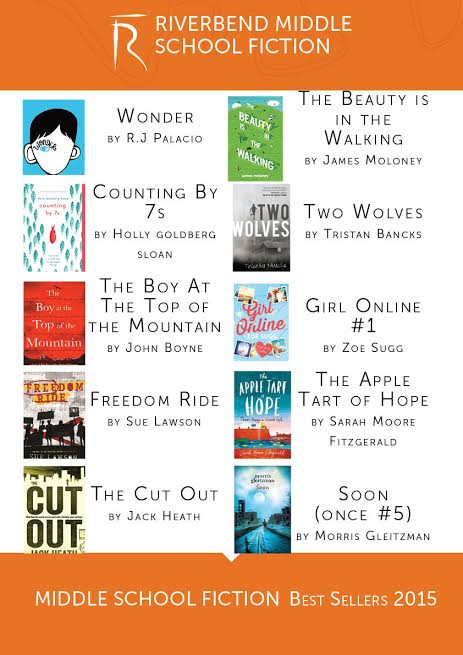
With over a hundred sign-ups to the Riverbend Readers Boot Camp, our staff will be reviewing their favourite books from the list to help you get started on your mission to #getfiterary.
Hall of Small Mammals is the debut collection from Thomas Pierce, whose stories have previously appeared in The New Yorker and The Atlantic. It is outrageously, stupidly, good: against the backdrop of absurd scenarios, Pierce explores human connection in original and insightful ways. Alternately whimsical and dark, Pierce uses comedy as a means of exploring the complexity of relationships.
In the superb opener, Shirley Temple Three, this comedy appears in the form of a Bread Island Dwarf Mammoth which, having been brought back from extinction by the reality show on which one character works as a presenter, he promptly abandons to the care of his aging mother. In the month that follows, Mawmaw and the mammoth develop a tender, unusual bond, one that reveals poignant information about Mawmaw’s relationship with her son. That Pierce is able to develop these two characters – one of whom is a fictional, non-speaking mammoth ‑ so thoroughly in such in such a limited space is truly impressive, and indicative of the many strange and fascinating relationships that are to preoccupy the rest of the book.
Pierce’s penchant for weirdness peaks in Videos of People Falling Down, a series of seemingly unrelated vignettes that mine slapstick comedy for dark humour. From what’s possibly the collection’s funniest one-liner – “Two beekeepers fall in love but it’s impossible for them to be together.” – sprawls a series of bizarre incidents that subvert our cultural obsession with schadenfreude, and Pierce dexterously intertwines these narratives to deliver both comedy and pathos.
Hall of Small Mammals demonstrates why more people should read short stories: uniquely hilarious and humane, they’re not only exceptional, but time efficient. If you’re looking for inspiration for your Boot Camp Reading list, Hall of Small Mammals is the perfect place to get started.
-Myles




